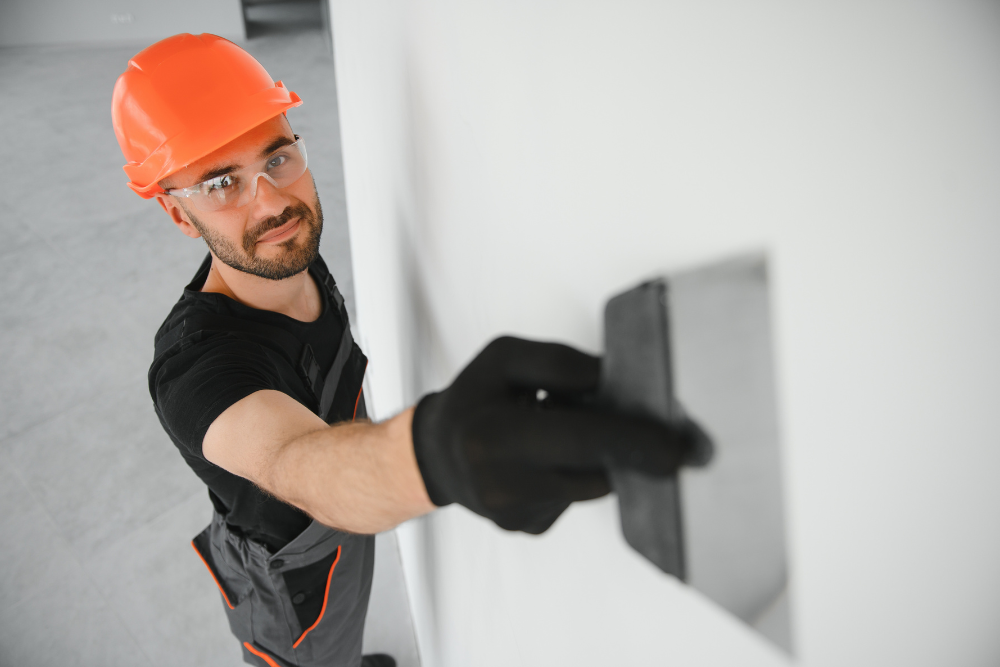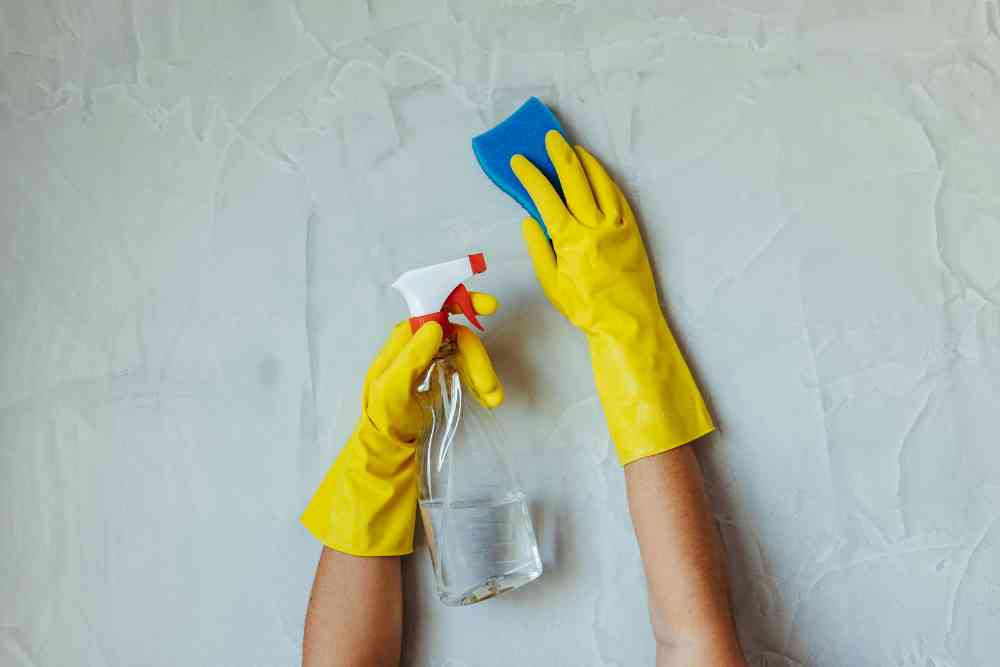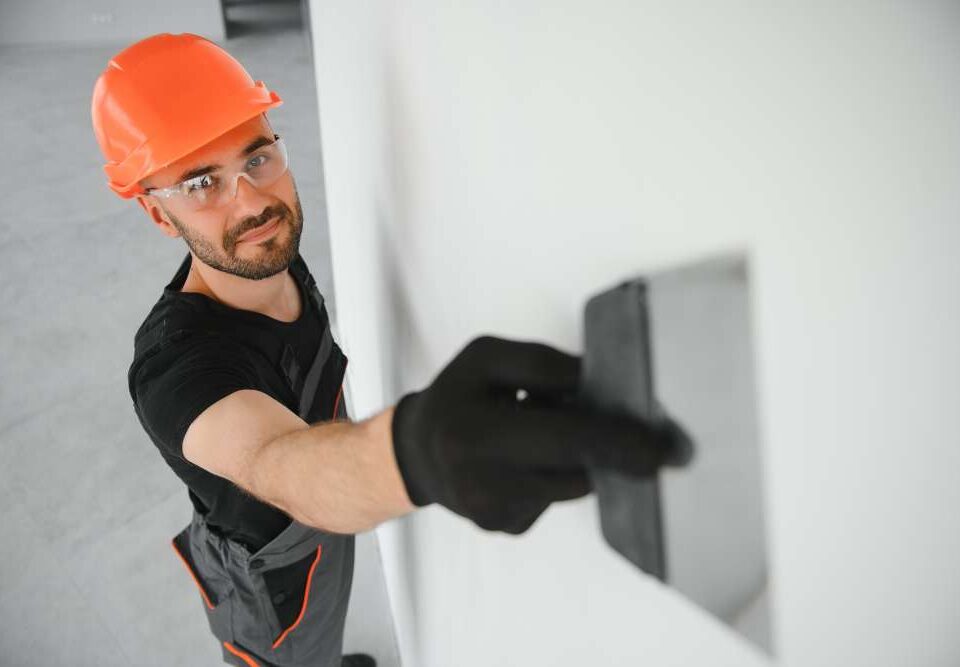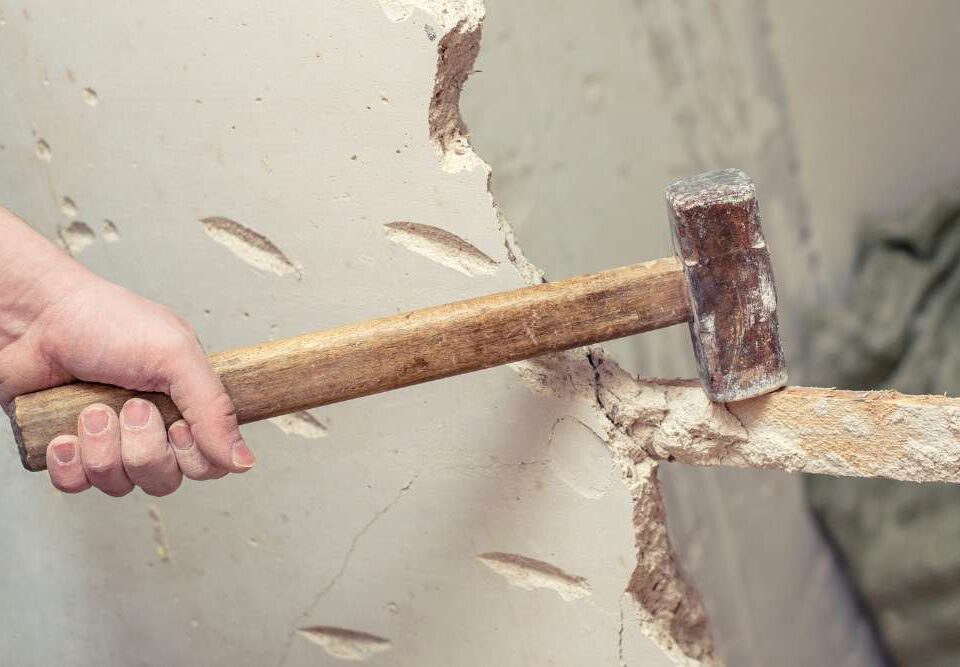
How Bathroom Demolition Affects Your Home’s Renovation
September 5, 2025
Demolition Cleanup Why It’s a Vital Step in Your Remodel
September 5, 2025How to Safely Handle Drywall Removal and Disposal
Removing and disposing of drywall may seem straightforward, but it involves more than just tearing down walls. Proper handling ensures safety, compliance with regulations, and minimal environmental impact. Here’s a comprehensive guide to help you navigate the process responsibly.
Understand Local Regulations Before Starting
Before embarking on drywall removal, it’s crucial to familiarize yourself with local disposal regulations. Rules can vary significantly by location, and non-compliance may result in fines or other penalties. For instance, some municipalities may require drywall to be separated from other construction debris, while others may have specific guidelines for handling materials containing hazardous substances like asbestos.
To avoid potential issues, contact your local waste management authority to inquire about their policies on drywall disposal. They can provide information on accepted disposal methods, designated drop-off locations, and any necessary preparation steps. Adhering to these regulations not only ensures legal compliance but also promotes responsible waste management practices.
Prioritize Safety During Removal
Safety should always be your top priority when removing drywall. The process can generate dust and debris, posing risks to your health and safety. To mitigate these hazards, equip yourself with appropriate personal protective equipment (PPE), including safety goggles, a dust mask, and gloves. These items will protect your eyes, respiratory system, and hands from potential injuries.
Additionally, take precautions to prevent accidental damage to underlying structures. Before cutting or prying drywall, inspect the area for hidden electrical wires, plumbing pipes, or other utilities. Using a stud finder can help identify studs and avoid cutting into wires or pipes. By taking these safety measures, you can reduce the risk of accidents and ensure a safer demolition process.
Prepare Drywall for Disposal
Proper preparation of drywall before disposal is essential for both safety and environmental reasons. Begin by removing any nails, screws, or other fasteners from the drywall. This step not only makes the material easier to handle but also reduces the risk of injury during transport and disposal.
Next, consider breaking down large sheets of drywall into smaller, manageable pieces. This can be achieved using a utility knife or drywall saw. Smaller pieces are easier to transport and may be more readily accepted at disposal facilities. Additionally, check with your local waste management facility to determine if they have specific requirements for drywall preparation, such as bagging or bundling the material.

Explore Recycling Options
Recycling drywall is an environmentally friendly option that helps reduce landfill waste. Many recycling centers accept clean, uncontaminated drywall, which can be repurposed into new products like soil amendments or cement additives. Before heading to a recycling facility, contact them to confirm they accept drywall and inquire about any preparation requirements.
To prepare drywall for recycling, remove any contaminants such as paint, joint compound, or adhesives. These substances can interfere with the recycling process and may render the material unacceptable. By ensuring your drywall is clean and free of contaminants, you contribute to a more sustainable waste management system.
Consider Donation for Reuse
If your drywall sheets are in good condition and free of significant damage, consider donating them for reuse. Organizations like Habitat for Humanity often accept building materials for their construction projects. Donating usable drywall not only helps others but also keeps the material out of landfills.
Before donating, verify that the organization accepts drywall and inquire about any specific requirements they may have. Some organizations may only accept drywall of certain sizes or conditions. By donating your drywall, you contribute to community development efforts and promote the reuse of building materials.
Rent a Dumpster for Large Projects
For extensive drywall removal projects, renting a dumpster can simplify the disposal process. A dumpster provides a centralized location for collecting debris, making cleanup more efficient. When selecting a dumpster, consider the size of your project and the volume of drywall to be disposed of.
Ensure that the dumpster rental company accepts drywall and inquire about any specific guidelines or restrictions they may have. Some companies may have weight limits or require certain preparation steps. By renting a dumpster, you can streamline the disposal process and maintain a cleaner work environment.
Handle Drywall Dust Responsibly
Drywall removal generates dust, which can pose respiratory hazards if not managed properly. To minimize dust exposure, seal off the work area with plastic sheeting and use a box fan to direct dust outside. Wet sanding with a damp sponge or sanding screen can also help control dust levels.
After completing the work, clean the area thoroughly to remove any residual dust. Use a vacuum equipped with a HEPA filter to capture fine particles. Regular cleaning and proper ventilation during the project can help maintain a healthier indoor environment and reduce the risk of respiratory issues.
Dispose of Drywall Joint Compound Properly
Drywall joint compound, or mud, should not be disposed of in regular trash due to its composition and potential environmental impact. Instead, allow the compound to dry completely, then dispose of it according to local hazardous waste guidelines. Some municipalities may offer special collection events for such materials.
Before disposing of joint compound, check with your local waste management authority to determine the appropriate disposal method. They can provide information on designated drop-off locations and any necessary preparation steps. Proper disposal of joint compound ensures compliance with environmental regulations and promotes responsible waste management practices.
Separate Drywall from Other Construction Debris
When managing construction waste, it’s important to separate drywall from other materials. Mixing drywall with wood, insulation, or other debris can complicate recycling efforts and may violate local disposal regulations. Use clearly labeled bins or designated areas to keep drywall separate from other waste streams.
By segregating drywall, you facilitate more efficient recycling and disposal processes. Additionally, adhering to separation guidelines helps ensure compliance with local regulations and promotes sustainable waste management practices.
Hire Professional Junk Removal Services
If the task of drywall removal and disposal seems overwhelming, consider hiring professional junk removal services. These experts have the experience and equipment to handle the job safely and efficiently. They can assist with demolition, debris removal, and proper disposal, saving you time and effort.
When selecting a junk removal service, ensure they are licensed and insured. Verify that they adhere to local regulations and have a track record of responsible waste management. By hiring professionals, you can ensure that your drywall removal and disposal are handled in compliance with all applicable laws and best practices.
Conclusion
Properly handling drywall removal and disposal is essential for safety, legal compliance, and environmental responsibility. By understanding local regulations, prioritizing safety, preparing materials correctly, and exploring recycling and donation options, you can manage your drywall waste effectively.
If you’re in Santa Rosa, CA, and need assistance with drywall removal and disposal, contact North Bay Junk Removal at 707-478-6817. Their team is licensed, insured, and experienced in handling all types of junk removal, including drywall. They offer affordable, professional services to make your cleanup process hassle-free. Reach out today to schedule a pickup or request a quote.




